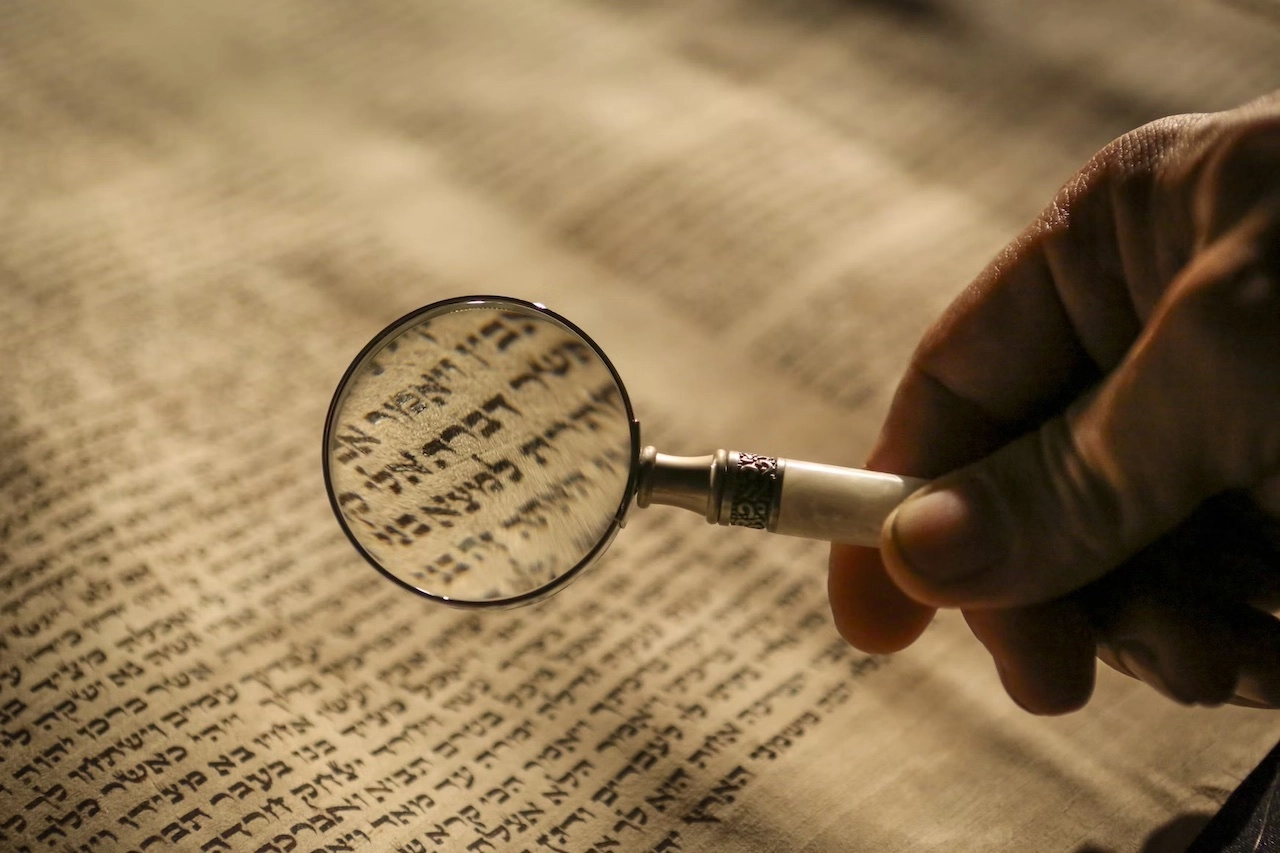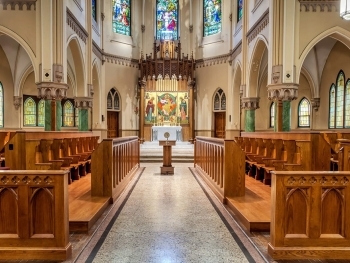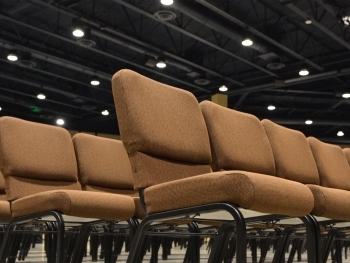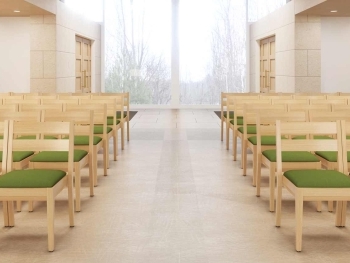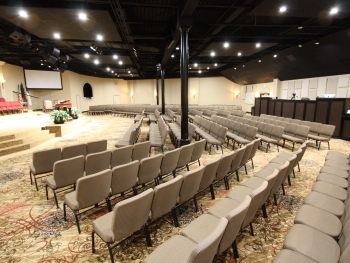Religious art has been a powerful means of expressing and communicating spiritual beliefs, transcending cultural and temporal boundaries. Over the centuries, the evolution of religious art reflects not only shifts in artistic styles but also changing interpretations of sacred symbols. This article explores the rich journey of religious art, from the ancient world's symbolic representations to the diverse and contemporary expressions that shape our understanding of spirituality today.
I. Ancient Symbols and Iconography:
- Egyptian Hieroglyphs and Mythological Representations In ancient Egypt, religious art was characterized by intricate hieroglyphs and symbolic depictions of gods and goddesses. The use of symbols such as the ankh, scarab beetle, and various deities conveyed complex mythological narratives and religious beliefs.
- Byzantine Icons: Windows to the Divine Byzantine art, with its emphasis on religious iconography, used symbols to convey the divine presence. Icons served as windows to the spiritual realm, facilitating the worshipper's connection with the sacred.
II. Medieval Illuminations and Gothic Cathedrals:
- Illuminated Manuscripts: Sacred Texts in Color Medieval Christian art featured illuminated manuscripts adorned with vibrant illustrations and intricate ornamentation. These illuminated texts transformed religious stories into visually captivating experiences for the faithful.
- Gothic Cathedrals: Architectural Epiphanies Gothic architecture, particularly in cathedrals, became a canvas for religious art. Stained glass windows, sculptures, and intricate carvings depicted biblical scenes, saints, and heavenly realms, creating immersive spaces for worship.
III. Renaissance Realism and Symbolic Allegories:
- Renaissance Masters: Blending Realism and Spirituality The Renaissance marked a shift towards realism in religious art. Masters like Leonardo da Vinci and Michelangelo portrayed religious figures with human-like qualities, capturing the emotional and spiritual essence of their subjects.
- Allegorical Symbolism in Baroque Art Baroque art embraced symbolism to convey spiritual truths. Caravaggio's dramatic use of light and shadow, coupled with symbolic elements, created emotionally charged religious scenes that resonated with the fervor of the Counter-Reformation.
IV. Modern and Contemporary Expressions:
- Symbolism in Modern Religious Art The 19th and 20th centuries witnessed artists exploring symbolism in new ways. From the mysticism of Gustave Moreau to the spiritual abstraction of Wassily Kandinsky, modern artists infused religious themes with fresh interpretations.
- Diversity in Contemporary Religious Art In the contemporary art world, religious themes continue to inspire diverse expressions. Artists draw from various cultural and religious traditions, creating pieces that reflect a globalized and interconnected understanding of spirituality.
The evolution of religious art reflects not only the development of artistic styles but also the dynamic relationship between human spirituality and creative expression. From the symbolic language of ancient civilizations to the diverse interpretations of contemporary artists, religious art remains a profound medium for conveying the sacred, shaping our collective understanding of the divine across the ages.
